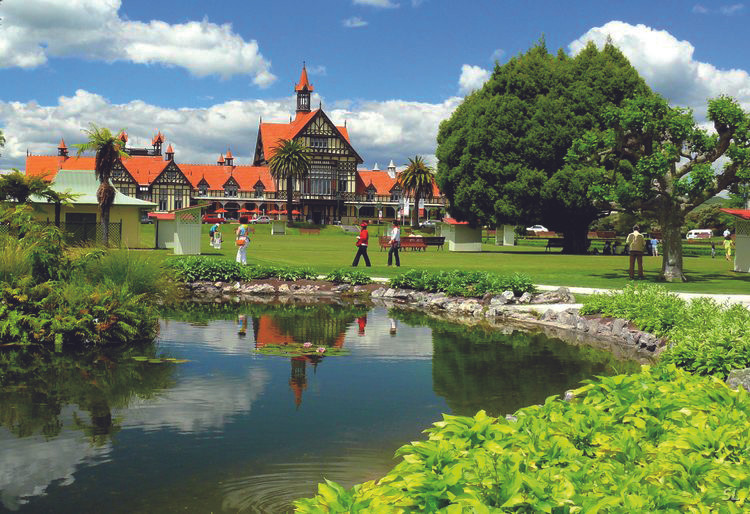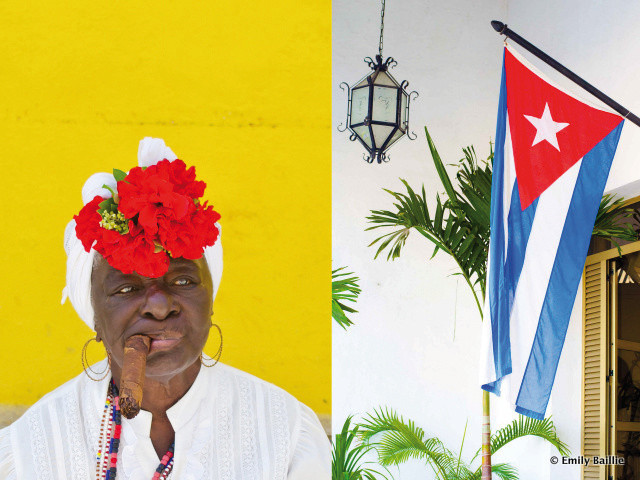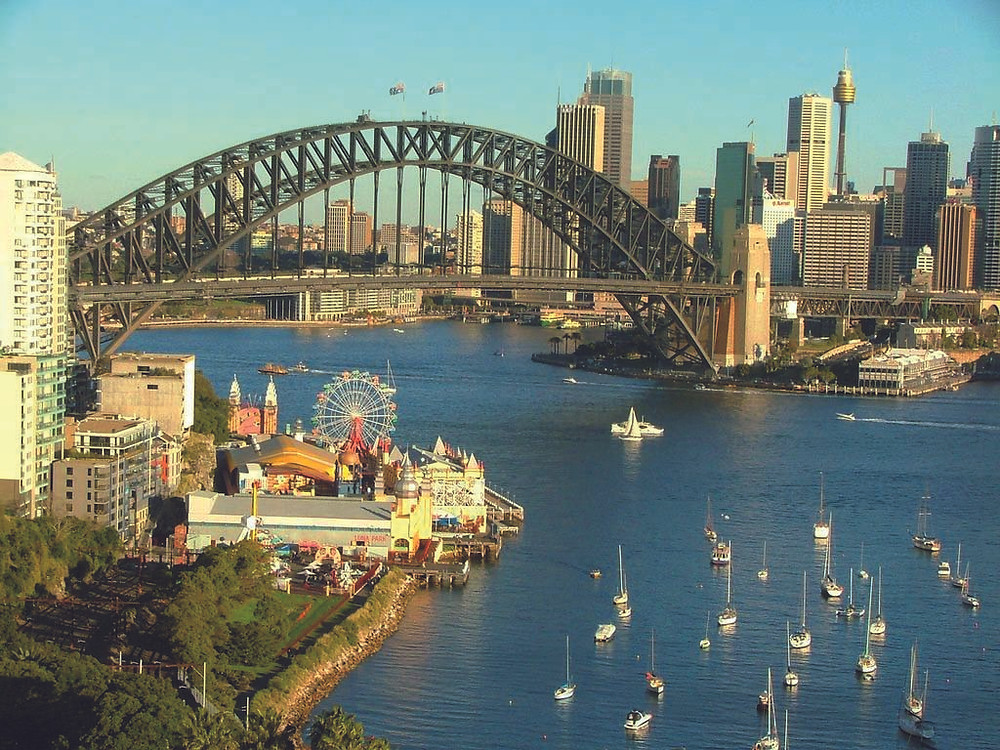
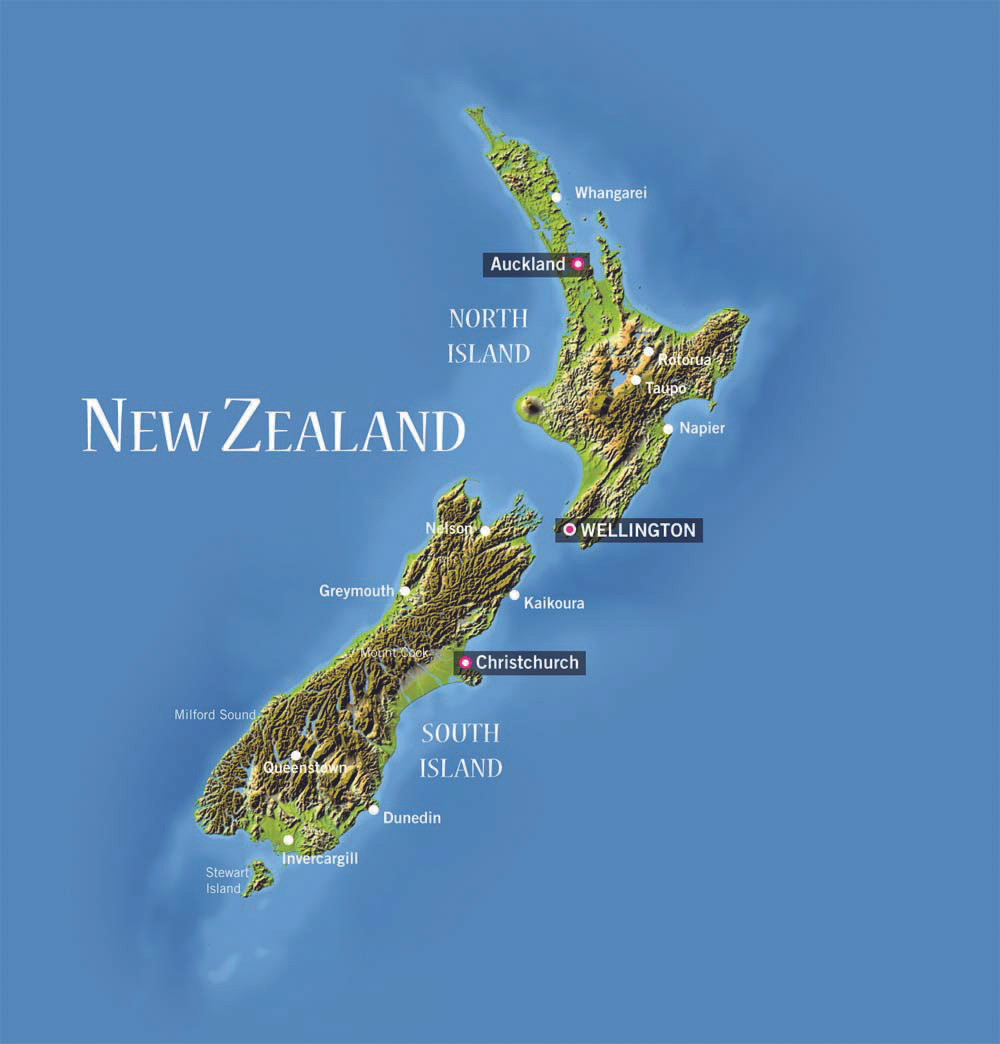
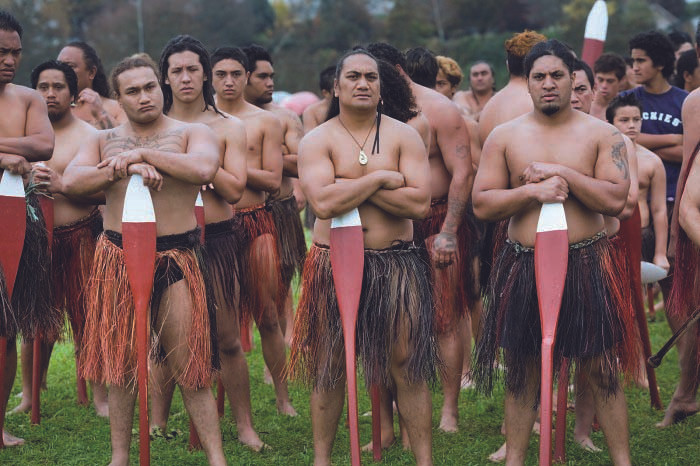

Many travel destinations around the world are compared to paradise, but very few can compare to New Zealand. This Pacific Ocean nation, comprising two large islands east of Australia, Is unforgettable for those who have visited, and it allures those who have yet to visit.
I still cannot believe that I am writing this in Auckland, and I am still hazy about exactly how I arrived here… I received an unexpected invitation from old friends to visit, and my preparations for the trip passed like a dream… I suddenly found myself on the other side of the world. It does not matter that the flight was unbearably long… Even as the plane was landing, my attention was captivated by the surreal beauty of this place: large and small islands, of solid stone or covered with trees as if with moss, were scattered about the ocean in a picturesque manner. I walked off the plane expecting miracles.
GREENPEACE AND KIWIS The TV programs I’ve watched about New Zealand emphasized this nation’s spirit of nature conservation. I wanted to know whether this is really so. As a Greenpeace supporter, my curiosity was quite satisfied… Information about ecology and nature preservation are found everywhere, from government announcements, to items in the supermarket, to sightseeing programs. The Kiwi House and Native Bird Park, in the town of Otorohanga on New Zealand’s north island, was my most vivid experience of nature preservation. It is the first park in New Zealand to display the ever-elusive kiwi birds to the general public. It also is the first place where a kiwi egg was hatched within a man-made preserve. This project was initially commissioned in 1969 by a pharmacist and a mason. It was established, and continues to exist, thanks to charitable support, while all construction inside the park is performed by volunteers. Every visitor will find something of interest here… entertaining parrots, amusing ducks, ferocious falcons, lazy lizards, and comical kiwis. Observing the latter became the highlight of my visit. Within the park stands a special pavilion to shelter the kiwis. Inside, nighttime conditions are created during the day, and vice versa. Upon entering the pavilion, I was surrounded by a calm, quiet, night-like atmosphere. Dimmed lighting made it easy to watch these tail-less, nocturnal birds, who clumsily wandered atop an abundant layer of dry leaves. The pavilion’s cool, moist air was full of night sounds. As they walked, each kiwi inserted its long beak deep under the leaves and in the cracks of the wood in search of food. The friendly staff of the Kiwi House happily shared stories about the animals in their care and about the reserve and its history. Their every word and motion reflected their commitment to their mission, pride in the results of their work, and passion for what they do. I felt deeply at peace while walking on the green, shady paths of this wonderful corner of New Zealand, where humans and nature are united. It is nice to know that this example is more the rule than an exception. But every conservation effort begins with regular people who do not wait for someone else to take the initiative, but actively participate in preserving nature. While the Kiwi House is an example of a larger preservation project, actions of my new neighbors are an example of nature preservation efforts on a domestic level. That is, several people volunteered to monitor and solve environmental problems in their own local areas, and they feel very comfortable contacting the local authorities to find solutions to local environmental issues. But it is not just about the organized efforts of New Zealanders, the future itself has blessed these islands. Nearly all the territory of New Zealand is covered with greenery. Here common birches and poplars grow next to exotic palms and ferns. The true indigenous inhabitants of these islands are birds, lizards, frogs, insects, bats, and fish, though even rabbits were brought here by settlers. The lack of heavy industrial manufacturing most certainly helps to preserve New Zealand’s natural resources. Agriculture is one of the most developed sectors in the economy. Pastoral scenery, abundant with cows, sheep, and horses, is vivid proof of that. Taking into account the ecological purity of these islands, it is not surprising that the dairy products of New Zealand are rated among the best in the world. SOCIAL AND POLITICAL CHALLENGES So, what kind of people of New Zealanders, also known affectionately as Kiwis? From my observations, they present a unique blend of a certain rigor, solitariness, ethnic diversity, and simplicity, which makes sense after a look at the history of their country. Maori people of Polynesian descent arrived here first. European settlers followed, and later, representatives of Asian and Pacific nations came along. Representatives of all ethnic groups adapted to new conditions quite well, managing to preserve their roots and traditions. For example, Auckland’s streets are lined with Chinese shops and Indian restaurants. However, it is difficult for me to understand how New Zealanders have poor English skills. And I can’t describe a typical resident of this country, should you ask … Many locations here seem as if one has landed in India or China. As I observed the ethnic diversity of this country, I drew my own comparison between the standing of New Zealand’s Maori tribes and American Indians. The Maori tribes, despite their rather peaceful coexistence with Europeans, have faced problems of assimilation, while their lands were being confiscated by the government. However, these circumstances also happened to intensify efforts to save the Maori culture and the rights of these people. Today the confrontation between the government and the Maori people remains one of the most acute social and political problems in New Zealand. One of the main claims from the representatives of this ethnic minority is for land. It is common for the construction of government properties to be accompanied by heated debates, followed by the government giving a portion, or all, of the land in question to the Maori tribes. And although the New Zealand government is making attempts to assist in preserving the Maori culture, eliminating social and economic inequality, and addressing the land claims, my comment is that it seems these arguments won’t end anytime soon. And while I have little to do with politics, it seems that good intentions about preserving Maori cultural individuality have long since turned into a successful strategy by the Maori of earning money. New Zealanders also give the impression of being law-abiding citizens, like the majority of citizens from other developed countries. While the citizens of some nations eagerly direct their creativity to avoid following of rules, a New Zealander will obediently do as told. The handling of New Zealand’s garbage is a simple example: it is dutifully sorted into separate receptacles for recyclable, non-recyclable, and organic refuse, while in other countries a visitor can struggle to locate a trash can. Another example is the legal treatment of copyrighted material. That is, some nations have perfected the art of media piracy, but here your neighbor can call you to account for your illegal actions. BRIEF EPILOGUEYou might ask whether I found the miracles that I expected to see in New Zealand. My answer is, yes … and no. People here don’t walk on their heads. Nature preservation is not only a popular slogan, but in New Zealand it is truly a way of life. And there are social problems here as well to be solved. But this country possesses its own charm and appeal, as elusive and unfathomable as its unique kiwi bird.





